Luminescence
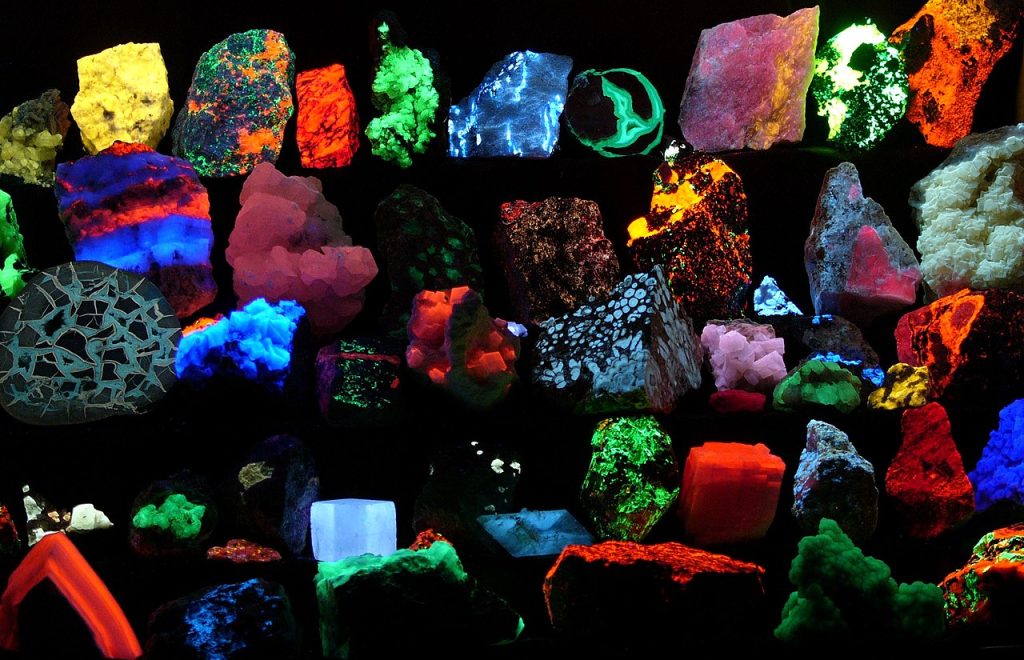
Luminescence is the term we use to describe when substances spontaneously emit light. It’s also described as “cold radiation” because it can happen to substances that aren’t heated.
There are many different kinds of luminescence, and you may already know some of them because they are quite common. Here are a few examples of luminescence and how they work:
Photoluminescence – resulting from absorption of photons
Fluorescence: photons immediately radiate visible light when ultraviolet light waves hit a fluorescent substance. Examples include fluorescent paint pigments, textiles, fluorescent lights, and blacklight inks and dyes that glow when you shine an ultraviolet light on them (Figure 2.27).
Phosphorescence: when a phosphorescent substance is exposed to short wavelengths of light (high energy), it glows by absorbing the light and emitting it at a longer wavelength (low energy). Photons may radiate for a prolonged period of time after the light source is removed. Glow-in-the-dark toys and paints are good examples of this.
What is the difference between fluorescence and phosphorescence? Phosphorescent substances continue to emit photons for a longer period of time after the light source is removed, whereas fluorescent substances tend to emit photons for a shorter time.
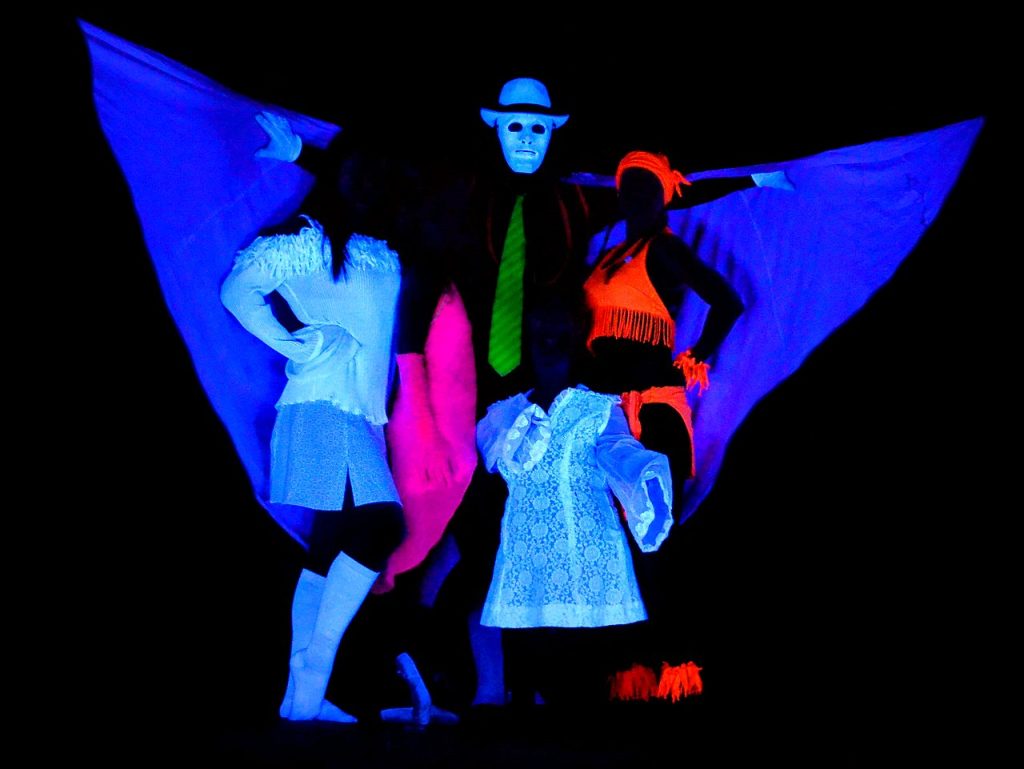
Chemiluminescence – from chemical reactions
Glow sticks are a good example of chemiluminescence. When you crack a glow stick, two chemicals are mixed together that produce a reaction. This reaction excites electrons in the atoms and they emit photons. This reaction is only temporary and you can’t “recharge” a glow stick. You can only create this chemical reaction once.
Bioluminescence is a form of chemiluminescence. Marine creatures, fireflies, algae (Figure 2.28), bacteria and other types of organisms that glow in the dark create light through chemical reactions that occur in their bodies. It happens when a light-emitting molecule reacts with a certain type of enzyme that the animal produces.
Learn more about bioluminescence.
Electroluminescence – from passing an electric current through a substance
LEDs (Light Emitting Diodes) are semiconductor devices that emit light when an electric current is passed through them. The colour of LED lights depends on the amount of energy passed through the semiconductors, which then determines the energy of the photons. Different amounts of energy produce different light wavelengths and therefore different colours (Figure 2.29). White light LEDs are created by using multiple semiconductors or a layer of light-emitting phosphors on the semiconductor device. It’s a combination of fluorescence and electroluminescence. While it is possible to create white light from red, green and blue LEDs, this isn’t the best method for colour rendering as only a narrow band of light wavelengths is used. The first LEDs emitted low-intensity infrared light. Visible and ultraviolet light LEDs were developed later.
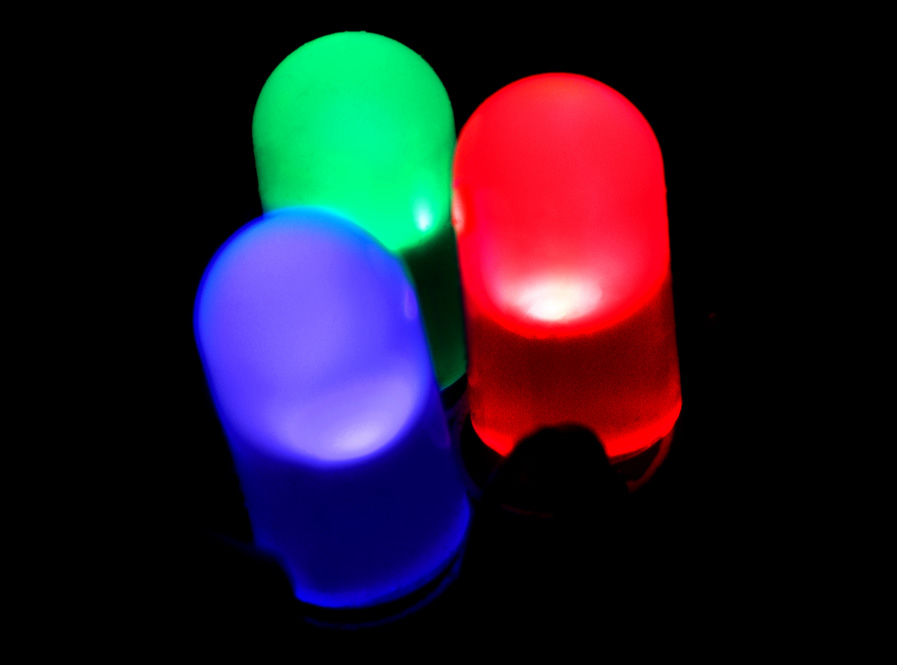
Radioluminescence – light produced by bombardment with ionising radiation
Radioluminescence happens when light is generated from a substance that is bombarded with ionising radiation, such as alpha particles, beta particles, or gamma rays. Dials on watches and clocks that glow in the dark are made from luminous paint containing the radioactive substance Radium (Figure 2.30).
Radium paint is a toxic substance and it created serious health problems for those who worked with it to create watch, clock and instrumentation dials. See Problematic colours in this resource for more information about the Radium Girls who worked in the factories that produced these radium dials.
Radium-based paints were replaced with Promethium and Tritium later in the 20th century as they have much lower radiation, making them safer to use.
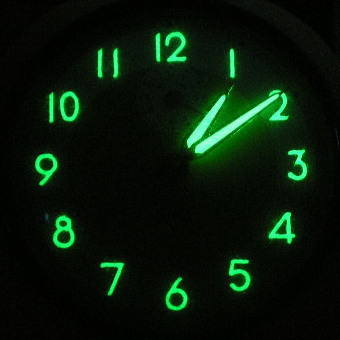
Mechanoluminescence – physical pressure applied to substances like crystals
Piezoelectricity: the devices that light gas stoves, grillers and some lighters use piezo ignition (Figure 2.31). This mechanoluminescence works when pressure is applied to a PZT crystal (lead zirconate titanate) with a small hammer, which produces a sudden high voltage and generates an electric spark that ignites the gas.
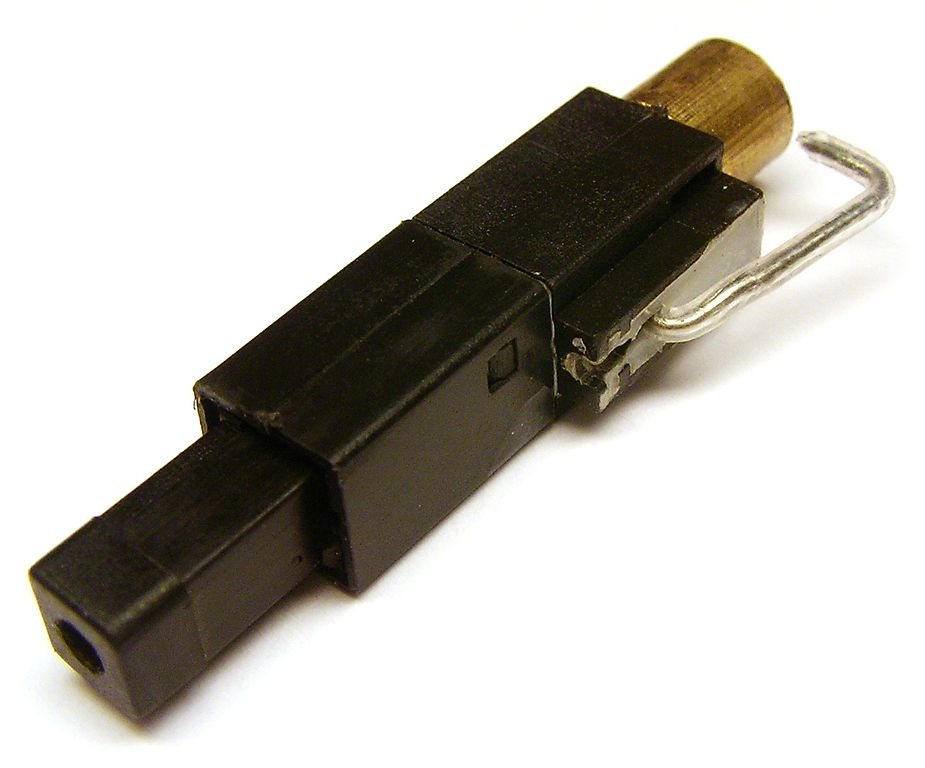
There are many other kinds of luminescence not included in this resource. Learn more from this Wikipedia page.

